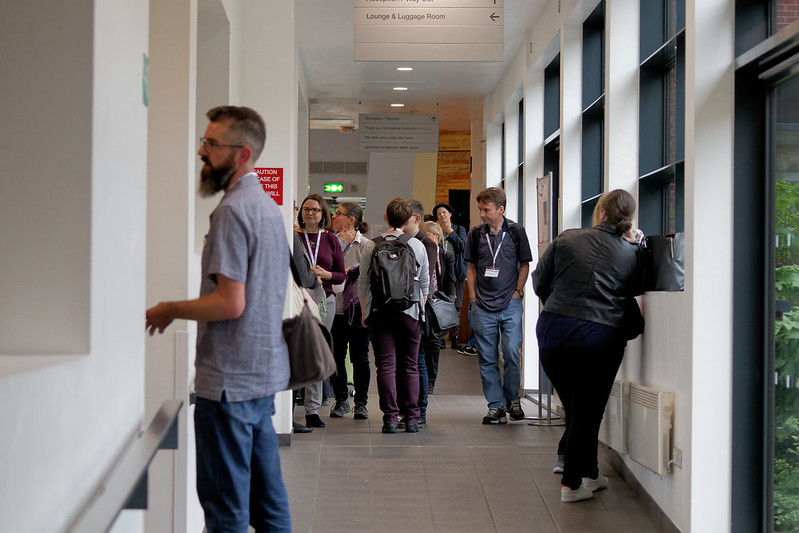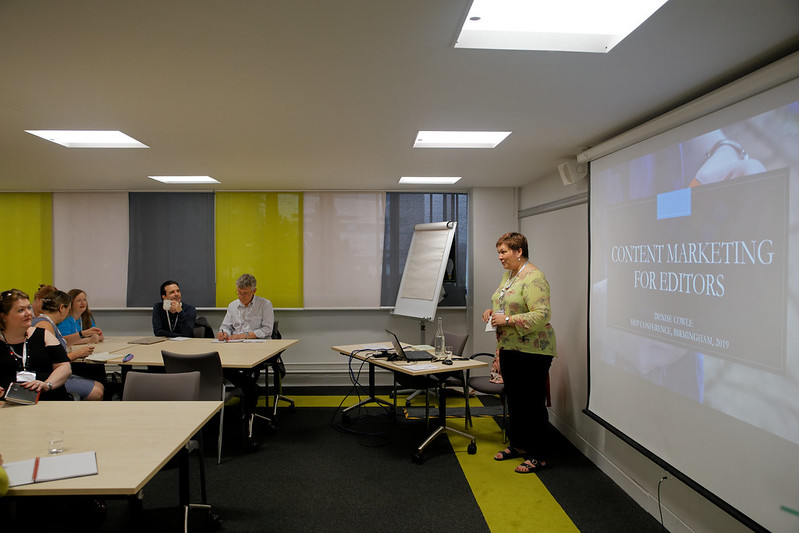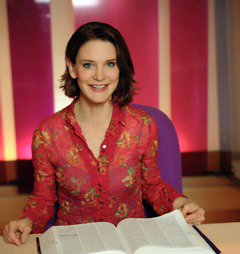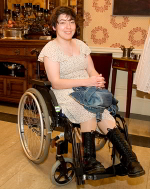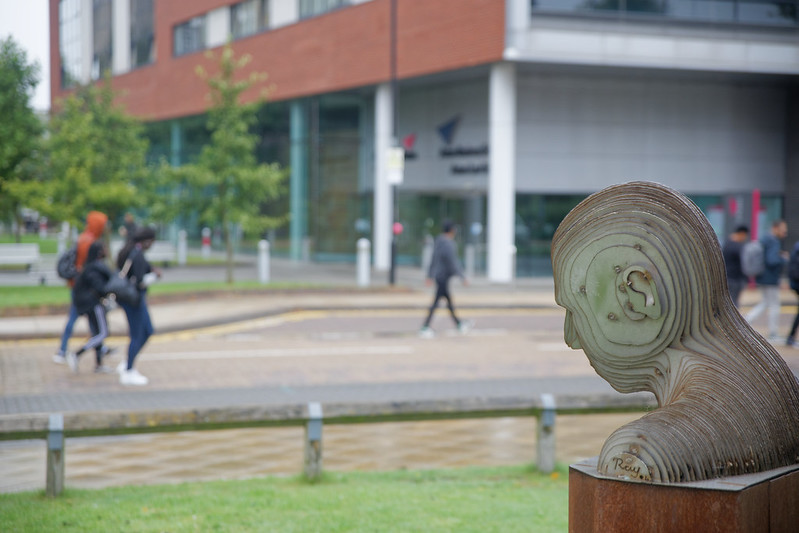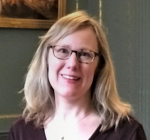This year’s CIEP conference was held online, from 2 to 4 November. Attendees from all over the world logged on to learn and socialise with their fellow editors and proofreaders, and a number of delegates kindly volunteered to write up the sessions for us. Phillip Scott reviewed Editor website foundations, presented by Louise Harnby.
When I was asked to review Louise Harnby’s conference session – Editor website foundations – the obvious preparatory step was to visit her site: louiseharnbyproofreader.com. After exploring the site’s every nook and cranny, which prompted a visit from the self-esteem monster, I was sorely tempted to resign my commission. (With only a single course under my belt, I am brand new to this world, and to the CIEP: baby-steps status.) The information team, however, quickly assuaged my self-doubt: ‘Just tell us what you thought of the session.’
Even for a newbie like me, the session could not have been more useful. Louise gave us Ten ways to make your website work harder for you, clearly laid out with the sections organised as follows:
- What do you need to know?
- What do you need to do?
- An Effort and Outcome sidebar
- Examples
The clarity of structure allowed us to concentrate on the practical content. Louise placed emphasis on keeping a beady eye on results: ‘Do this to keep the visitor engaged.’ ‘Is this feature about the potential client or is it about you?’ Primus inter pares: ‘Will this feature drive sales?’
Let’s consider the second section in a little detail: ‘Put testimonials everywhere.’ Who knew? Thinking back on websites near and far, whatever testimonials there may be are nearly always randomly tucked away somewhere, with little or no connection to products and services on offer. Not on Louise’s site. On her home page, there is a scannable (technical term for search engines can find it) encomium: ‘I’m a better writer because you edited my book’ … next to a sketch of the author’s book. Click on the Services tab and there are two more, boxed in for emphasis. On the Books tab, one finds a trio of testimonials from fans of three of her books, a few centimetres higher on the page, with front covers duly on display.
In good but challenging ways, Louise’s 50 minutes flew by and, given the amount of content in the session, the challenge to keep up was at times intense. If I may offer some advice to less-experienced editors, whether or not you already have a website: you would be unwise to address the demands of all ten steps at once.
My priorities will likely be … Step 1: Websites don’t rank (pages do)! Step 3: Make the page readable; Step 5: Tell visitors what to do; and Step 6: Mind your pronouns. The others are at least as important as these four, but I will need time to do the work which will generate testimonials, to create the valuable ‘useful stuff’ to offer free of charge in due course, and to learn the technical side of ‘meaningful metrics’. (First, I will have to learn the meaning of metrics.)
Once I have completed my next several hundred baby steps, I will turn my mind to creating a website of my own. It will not have the magisterial heft or functional virtuosity of the site of our illustrious colleague, but principles are principles, and I will apply what I’ve learned from Louise with alacrity and confidence.
 Phillip Scott has enjoyed a wide-ranging career in music education and, once they emerge from lockdown in the spring, he will be pleased to pick up the reins of two of London’s youth orchestras, which he has conducted for the last few years. After basic training in copyediting and proofreading, he is looking forward to this new direction in his life.
Phillip Scott has enjoyed a wide-ranging career in music education and, once they emerge from lockdown in the spring, he will be pleased to pick up the reins of two of London’s youth orchestras, which he has conducted for the last few years. After basic training in copyediting and proofreading, he is looking forward to this new direction in his life.

